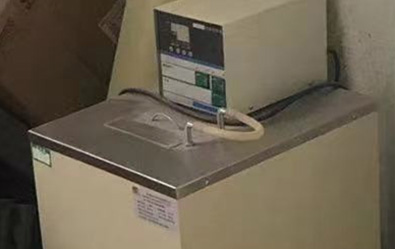loading...
- No. 9, Xingyuan South Street, Dongwaihuan Road, Zaoqiang County, Hengshui, Hebei, China
- admin@zjcomposites.com
- +86 15097380338
- Welcome to visit our website!
GRP Sectional Water Tank Design and Applications for Efficient Water Storage Solutions
Understanding GRP Sectional Water Tanks
In modern water storage solutions, GRP (Glass Reinforced Plastic) sectional water tanks have emerged as a frontrunner due to their versatility, durability, and efficiency. These tanks are essential components in various applications, including residential, commercial, and industrial settings. In this article, we will explore the key features, benefits, and applications of GRP sectional water tanks.
What are GRP Sectional Water Tanks?
GRP sectional water tanks are made from reinforced plastics infused with glass fibers, which enhances their strength and durability. These tanks can be manufactured in various sizes and shapes, making them ideal for modular construction. The sections are generally prefabricated and assembled on-site, allowing for easier installation in areas with limited space.
Key Features
1. Corrosion Resistance One of the standout features of GRP sectional water tanks is their resistance to corrosion. Unlike traditional steel or concrete tanks, GRP does not rust or degrade over time when exposed to water and environmental elements.
2. Lightweight The material used in GRP tanks is significantly lighter than concrete or metal, which simplifies transportation and installation processes. This feature is particularly valuable in urban environments where heavy lifting equipment may not be available.
3. Customizable Sizes and Shapes GRP sectional tanks can be tailored to meet individual requirements. Whether you need a large tank for an industrial facility or a small tank for a residential building, they can be manufactured to fit your specifications.
4. Thermal Insulation The material offers excellent thermal insulation properties. This helps in maintaining the temperature of the stored water, reducing energy costs associated with heating or cooling.
5. Ease of Maintenance GRP tanks require minimal maintenance compared to their metal counterparts. The smooth interior surface prevents biofilm growth and reduces the need for cleaning.
Benefits of GRP Sectional Water Tanks
The advantages of GRP sectional water tanks extend beyond their features. Here are some additional benefits
grp sectional water tank

- Cost-Effective While the initial investment may be comparable to other materials, the long-term savings in maintenance, durability, and energy efficiency make GRP tanks a cost-effective solution
.- Environmentally Friendly GRP tanks can be designed to minimize environmental impact. Their longevity reduces the need for frequent replacements, and they are often made from recyclable materials.
- Regulatory Compliance Many GRP sectional tanks are designed to meet international standards for safety and quality, making them a reliable choice for various applications, including potable water storage.
Applications
GRP sectional water tanks are widely used across different sectors
- Residential Homeowners often use smaller GRP tanks for rainwater harvesting or emergency water supply.
- Commercial Businesses rely on GRP tanks for fire protection systems, irrigation, and other water supply needs.
- Industrial Factories and processing plants utilize these tanks for raw material storage, cooling systems, and wastewater treatment.
- Public Utilities Municipalities incorporate GRP sectional tanks for municipal water supply, ensuring clean and safe drinking water for the community.
Conclusion
In summary, GRP sectional water tanks offer an innovative solution to meet the diverse water storage needs in today's society. Their lightweight nature, corrosion resistance, and customization capabilities make them an ideal choice for various applications. As industries continue to seek sustainable and efficient water management solutions, GRP sectional tanks are poised to play an increasingly significant role in water storage technology. By choosing GRP, users can enjoy the benefits of a modern water storage system that is both practical and environmentally friendly.
-
The Rise of FRP Profiles: Strong, Lightweight, and Built to LastNewsJul.14,2025
-
SMC Panel Tanks: A Modern Water Storage Solution for All EnvironmentsNewsJul.14,2025
-
GRP Grating: A Modern Solution for Safe and Durable Access SystemsNewsJul.14,2025
-
Galvanized Steel Water Tanks: Durable, Reliable, and Ready for UseNewsJul.14,2025
-
FRP Mini Mesh Grating: The Safer, Smarter Flooring SolutionNewsJul.14,2025
-
Exploring FRP Vessels: Durable Solutions for Modern Fluid HandlingNewsJul.14,2025
-
GRP Structures: The Future of Lightweight, High-Performance EngineeringNewsJun.20,2025
